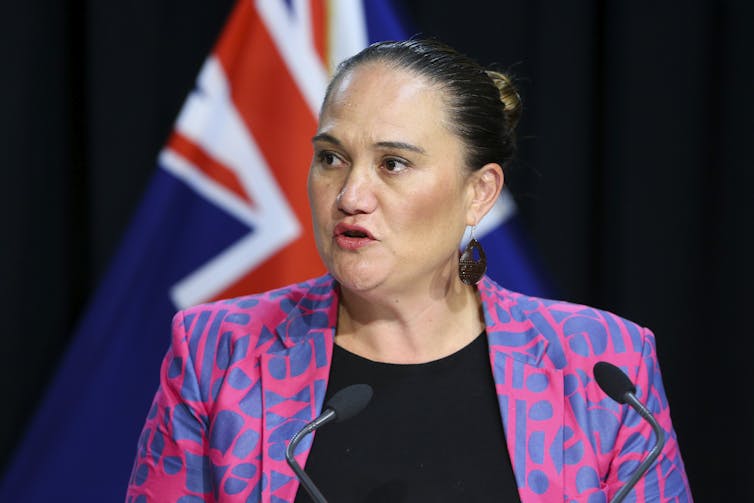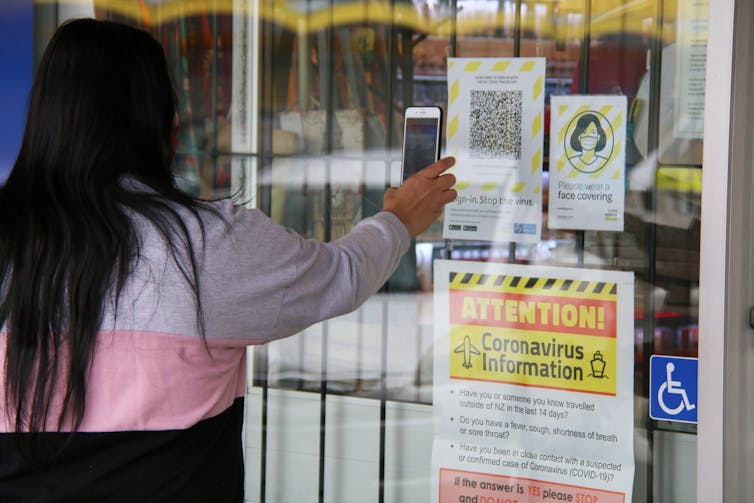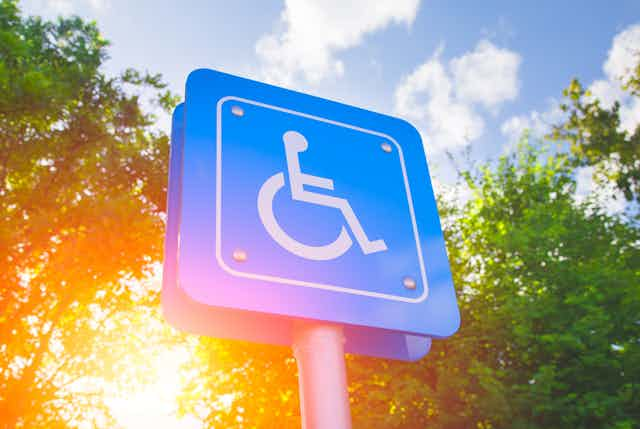While working as a nurse in a busy hospital I began to use a magnifying glass, as I could no longer read the small print on medication vials. I regarded this adaptation as a part of my professional responsibility to keep patients safe.
Others didn’t see it the same way. I was asked to stop using the magnifying glass because it apparently reduced public trust in the care I provided patients and families.
This is just one personal example of how those with a disability are often forced to confront negative language, values and beliefs to engage with the world personally and professionally.
This goes right to conventional definitions of the word “disability” itself, which stem from a medical model that promotes the disability over the person, manifesting in the kinds of attitudes I and many others encounter in everyday life.

Shifting attitudes
Historically, disability was identified as an individual health problem, rendering invisible the variety and normality of living with a disability. So the creation of a Ministry for Disabled People, and the principles set out in the Accelerating Accessibility in New Zealand cabinet paper, offer a unique opportunity for progress.
The new ministry aims to place disability alongside gender, age and ethnicity in terms of state representation. It should help raise the profile of disabled people while normalising their need for access to things others take for granted.
But while the ministry can potentially change the narratives around disability at a structural level, the challenge will be in shifting societal and individual attitudes.
As Workbridge CEO Jonathan Mosen has stressed, disabled people face an employment crisis due to their low “visibility” in the community and consequently low societal expectations that in turn reduce their opportunities.
Better design for disability
Improving visibility and accessibility at a practical level will depend to a large extent on good design. Take the NZ COVID Tracer app, for example, where accessibility relies on the environment in which it’s used.
How often have you seen the QR code for shops or cafes placed high up on a window or counter? For those with restricted mobility these are impossible to scan independently. Similarly, people who are blind or have low vision have difficulty finding the QR code and lining up their smartphones to scan.
Read more: How pandemic responses neglected disabled people's rights
While guidelines for the placement of QR codes are specific, the environment they’re used in often precludes better accessibility.
Improvements such as near field communication (NFC) technologies (currently being tested by the Ministry of Health) and size reduction of QR codes all help. But imagine a world in which the built environment was designed from the outset for accessibility.

Harnessing lived experience
Meeting recently with several app project managers to discuss accessibility, I was reminded of the need for accessible design to be considered from the inception of a project. While intentions were good, the lack of guidelines and limited lived experience of disability were evident.
Good results are overly dependent on the motivation of the project team, rather than on established rules and goals. Many industries include the input of the eventual end users in the design process, but other user subsets – such as disabled people – have long been overlooked.
Separating disability from the health sector at a socio-political level is a good start because it turns traditionally negative perceptions into ones of possibility. But is it enough to overcome both structural barriers and unconscious bias in the community?
I believe harnessing the lived experience of disabled people is key to changing the face of disability and design at both a societal and personal level.
Read more: Should I say 'disabled person' or 'person with a disability'?
Changing the narrative
As the Global Centre of Possibility’s Minnie Baragwanath explains, tackling some of the limitations of dominant design practices will be key. New design paradigms will be required that respond to the complexity, volatility, uncertainty and ambiguity that disabled people often navigate in the contemporary world.
New Zealand could learn from the UK and US, where equity for the disabled is being pursued through regulation and legislation. In 2019 I attended several conferences in London and travelled to meet friends and family. While accessible design was not always perfect, the acceptance and normalisation of disability at community and professional levels was profound.
Read more: Tracking progress on the government's disability and employment commitments
So, while it’s exciting to see the new ministry’s plans to change the narrative around disability, it remains to be seen how this will filter down to reach everyday New Zealanders.
Perhaps now is the time to take the government at its word and expect opportunities for people with disabilities to participate meaningfully in reshaping that narrative. With this in mind, perhaps the new ministry could be renamed the Ministry for Possibility.

